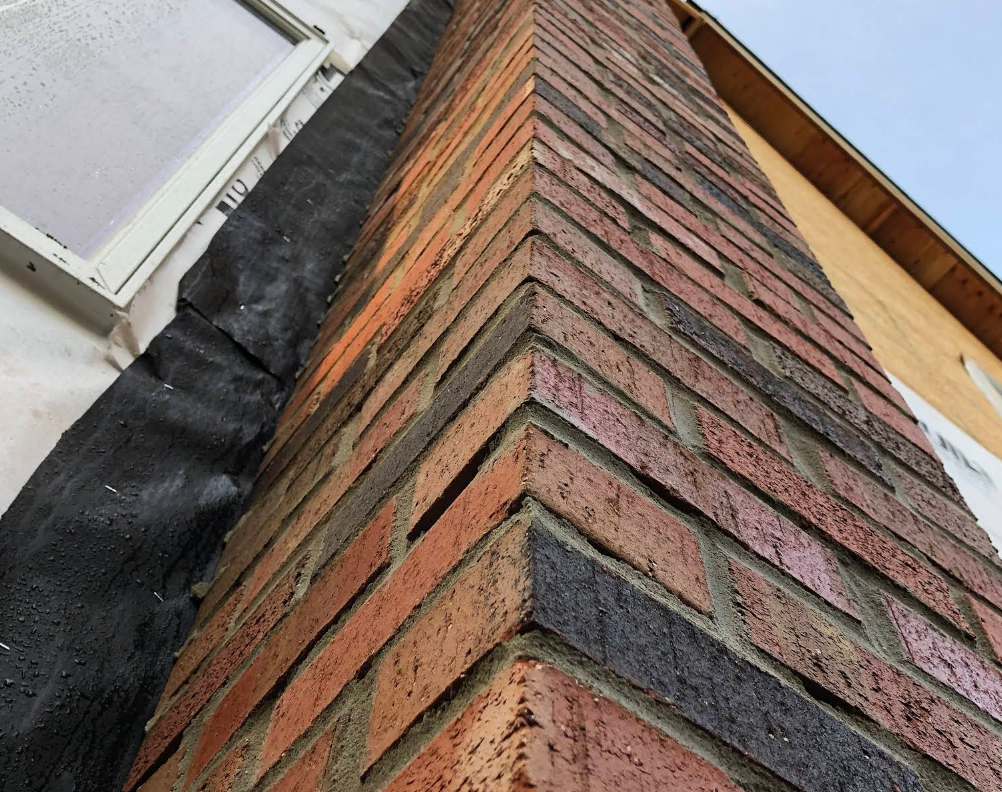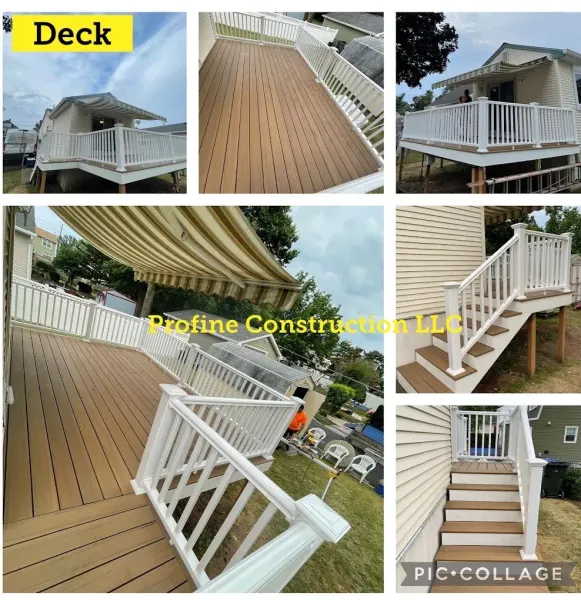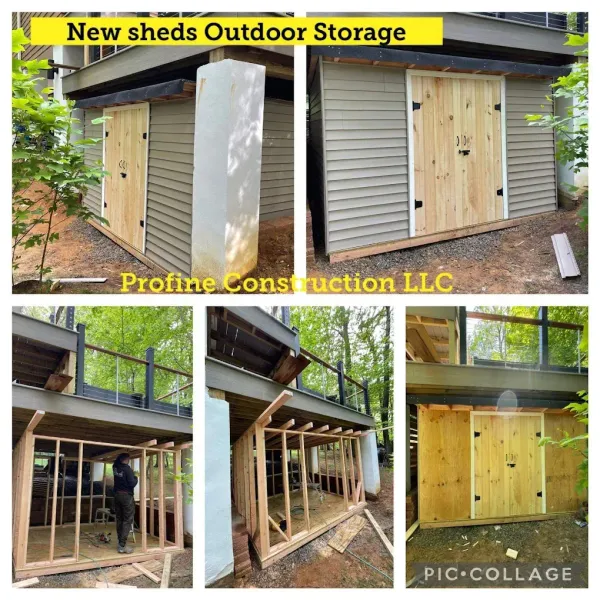When it comes to choosing roofing materials, the climate in which you live plays a significant role in your decision-making process. In hot climates, factors like energy efficiency, durability, and heat resistance become paramount. This article will dive into the Best Roofing Materials for Hot Climates: Top Choices Explained, exploring various options, their benefits, and considerations you should keep in mind.

Understanding the Impact of Climate on Roofing
How Weather Impacts Different Roof Types
Hot climates often bring challenges such as intense sunlight, high temperatures, and sometimes unpredictable storms. These factors can significantly affect different roofing types.
Metal Roofing: Reflective surfaces help reduce heat absorption. Clay Tiles: Naturally insulating and excellent for ventilation. Asphalt Shingles: While less effective than tiles or metal, they can be treated with reflective coatings.Key Takeaway: Understanding how weather affects your roof can help you make informed choices.
Selecting the Right Material for Your Home
Best Roofing Materials for Hot Climates: Top Choices Explained
Metal Roofing- Pros:
- Long-lasting (up to 50 years). Energy-efficient due to reflectivity. Fire-resistant.
- Higher initial cost compared to asphalt shingles. Can be noisy during rain or hail.
- Pros:
- Excellent thermal insulation. Durable against extreme weather conditions. Low maintenance required.
- Heavier than other materials; requires strong structural support. More expensive than asphalt shingles.
- Pros:
- Cost-effective and widely available. Easy installation.
- Shorter lifespan (typically 15-30 years). Prone to damage from hail or severe weather.
- Pros:
- Extremely durable and long-lasting (over 100 years). Aesthetically pleasing with natural stone appearance.
- Very heavy; requires proper support structure. High installation costs.
- Pros:
- Provides natural insulation and reduces urban heat island effect. Environmentally friendly option promoting biodiversity.
- Requires regular maintenance and proper design to ensure water drainage.
Evaluating Costs and Longevity
How Much Does Roof Repair Cost?
Understanding potential repair costs is crucial when making roofing decisions:
- Metal roofs may have repair costs ranging from $200 to $500 per square (100 sq ft). Asphalt shingle repairs can average between $150 to $300 per square due to their easier accessibility.
Roof Replacement vs. Roof Repair: How to Decide
Deciding between repairing or replacing a roof often involves evaluating several factors:
Age of the roof Extent of damage Financial situationIf you notice signs your roof needs immediate repair—such as leaks, sagging, or visible wear—it might be time to consult a contractor.
Choosing the Right Contractor
How to Choose the Right Roofing Contractor?
Choosing a reliable contractor can save you future headaches:
Check for licenses and insurance coverage. Look at reviews and ask for references. Get multiple bids — but remember that price isn't everything!Questions to Ask Before Signing a Roofing Contract
Before committing, consider asking these questions:

- What warranty do you offer? Can you provide proof of insurance? What will the timeline look like?
Maintenance Tips for Longevity
Roof Maintenance Tips to Extend Roof Life
Taking care of your roof is essential regardless of material:
Regular inspections — at least twice a year or after severe weather events. Keep gutters clean to prevent water backing up onto the roof surface.Signs Your Roof Needs Immediate Repair
It’s vital to recognize early warning signs, including:
- Water stains on ceilings or walls Missing shingles Visible daylight through attic boards
Ignoring these signs could lead to more extensive damage down the line!
Energy Efficiency Considerations
How Roof Color Affects Energy Efficiency
The color of your roofing material can influence energy consumption significantly:
- Light colors reflect more sunlight and absorb less heat than dark colors, potentially lowering cooling costs by up to 20%.
Emergency Situations
How to Handle Emergency Roof Leaks
Act quickly if faced with an emergency leak:
Identify the source as soon as possible — usually a missing shingle or damaged flashing. Use buckets or containers underneath leaks until professional help arrives.
Specialized Options for Unique Conditions
Roofing Options for Coastal Climates
Coastal areas face unique challenges such as saltwater corrosion:
- Consider using PVC roofing membranes which resist moisture better than traditional materials.
Financing Your New Roof
How to Finance a New Roof?
Explore financing options such as home equity loans or government grants designed for energy-efficient improvements.
Pros and Cons of Metal Roofing Systems
Metal roofing systems are becoming increasingly popular in hot climates due to their durability but come with considerations regarding cost versus longevity:
| Pros | Cons | |------|------| | Long lifespan remodeling contractors | Higher upfront cost | | Energy-efficient | Noisy during rainfall |
Choosing Finishes That Won’t Go Out of Style
Timeless aesthetics are essential when selecting roofing materials—classic styles not only enhance curb appeal but also add value over time.

Conclusion
In conclusion, choosing the best roofing materials for hot climates is about understanding both your specific needs and environmental factors at play in your area. With options ranging from metal roofs that reflect sunlight effectively to clay tiles that provide excellent insulation, there are many paths available based on budgetary constraints and personal style preferences.
Remember always consult a professional contractor who understands local regulations when embarking on this journey! By considering all aspects outlined in this article—including costs associated with repairs versus replacements—you’ll be well-equipped not just today but far into the future!
FAQs
1) What are some signs my roof needs immediate repair? Look out for leaks inside your home, sagging areas on your roofline, or missing shingles after storms.
2) How much does roof repair typically cost? Depending on material type and extent of damage, expect anywhere between $150-$500 per square area requiring repair work.
3) Which roofing materials last longer? Slate roofs can last over 100 years while metal roofs average around 50 years with proper maintenance!
4) How does choosing lighter colored shingles help? Lighter colors reflect sunlight better than darker shades leading potentially lower cooling expenses throughout hot summer months!
5) What financing options exist if I need a new roof? Home equity loans are popular; additionally many states offer programs incentivizing energy-efficient upgrades!
6) Should I choose asphalt shingles over metal roofing? If budget is tight initially asphalt might be best—but consider longevity benefits offered by investing earlier into metals!
This guide has equipped you with knowledge about various materials suitable for hot climates while emphasizing critical homeowner responsibilities such as maintenance practices! Enjoy ensuring both comfort & protection throughout every changing season ahead!